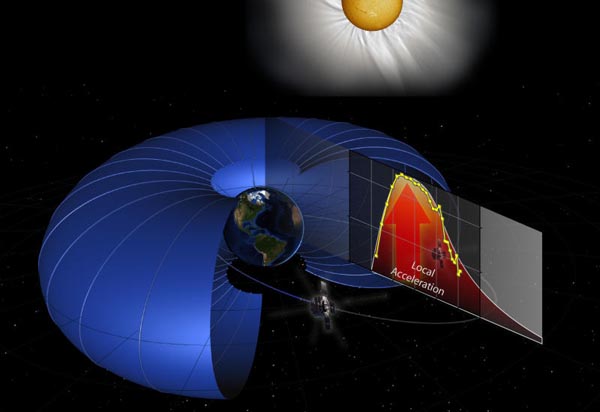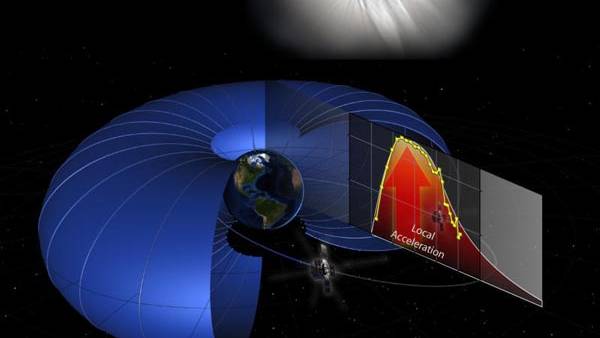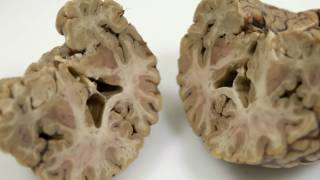NASA’s Van Allen Probes Discover Particle Accelerator in the Heart of Earth’s Radiation Belts
Source: sciencedaily.com
Scientists have discovered a massive particle accelerator in the heart of one of the harshest regions of near-Earth space, a region of super-energetic, charged particles surrounding the globe called the Van Allen radiation belts. Scientists knew that something in space accelerated particles in the radiation belts to more than 99 percent the speed of light but they didn’t know what that something was. New results from NASA’s Van Allen Probes now show that the acceleration energy comes from within the belts themselves. Particles inside the belts are sped up by local kicks of energy, buffeting the particles to ever faster speeds, much like a perfectly timed push on a moving swing.The discovery that the particles are accelerated by a local energy source is akin to the discovery that hurricanes grow from a local energy source, such as a region of warm ocean water. In the case of the radiation belts, the source is a region of intense electromagnetic waves, tapping energy from other particles located in the same region. Knowing the location of the acceleration will help scientists improve space weather predictions, because changes in the radiation belts can be risky for satellites near Earth. The results were published in Science magazine on July 25, 2013.
In order for scientists to understand the belts better, the Van Allen Probes were designed to fly straight through this intense area of space. When the mission launched in August 2012, it had top-level goals to understand how particles in the belts are accelerated to ultra-high energies, and how the particles can sometimes escape. By determining that this superfast acceleration comes from these local kicks of energy, as opposed to a more global process, scientists have been able to definitively answer one of those important questions for the first time.
"This is one of the most highly anticipated and exciting results from the Van Allen Probes," said David Sibeck, Van Allen Probes project scientist at NASA’s Goddard Space Flight Center in Greenbelt, Md. "It goes to the heart of why we launched the mission."

Recent observations by NASA’s twin Van Allen Probes show that particles in the radiation belts surrounding Earth are accelerated by a local kick of energy, helping to explain how these particles reach speeds of 99 percent the speed of light.
The radiation belts were discovered upon the launch of the very first successful U.S. satellites sent into space, Explorers I and III. It was quickly realized that the belts were some of the most hazardous environments a spacecraft can experience. Most satellite orbits are chosen to duck below the radiation belts or circle outside of them, and some satellites, such as GPS spacecraft, must operate between the two belts. When the belts swell due to incoming space weather, they can encompass these spacecraft, exposing them to dangerous radiation. Indeed, a significant number of permanent failures on spacecraft have been caused by radiation. With enough warning, we can protect technology from the worst consequences, but such warning can only be achieved if we truly understand the dynamics of what’s happening inside these mysterious belts.
[...]
Read the full article at: sciencedaily.com






















